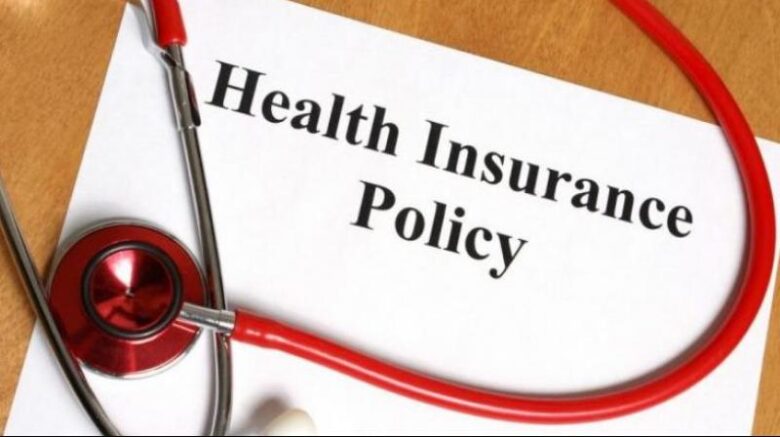Choosing the right health insurance plan is important because it affects your ability to get medical care and pay for your care. Comparing health insurance can be difficult because there are so many choices and so many complicated details. However, if you know what to look for and what to do, you can choose a policy that suits your healthcare needs and budget. In this article, you will find important information about comparing health insurance policies so that you can make an informed choice.
Understanding Your Health Insurance Needs
Before getting into the details of the different insurance plans, consider what type of health care you need. Consider your current health status, any medications you take regularly, your choice of health care providers, and how you typically access health care. Are you considering starting a family? Do you have a long-term health problem that requires extensive medical care? Getting the answers to these questions can help you figure out what kind of services you need and how to compare them.
Comparing Health Insurance Plan Types
Health insurance can vary widely in structure, benefits, and price. Here is a list of common subscription types:
healthcare-oriented Organizations
Typically, HMO plans have lower out-of-pocket costs and premiums, but you must choose a primary care provider (PCP) and get a referral to see a specialist. Unless it’s an emergency, you should use a company in your plan’s network.
Preferred Provider Organization (PPO)
A PPO plan gives you more freedom because you can visit any doctor or hospital. However, you will save money if you use in-network services. Typically, these programs do not require a referral to see a specialist. This makes it easier for members but also makes their premiums higher.
Exclusive Provider Organization (EPO)
EPO plans are a hybrid of HMO and PPO plans. They allow you to choose several providers in their network without getting advice, but they won’t cover care that’s not in their network unless it’s an emergency.
Point of Service (POS)
POS plans include a portion of both an HMO and a PPO. You can choose your own GP and be referred to specialists. You may also pay more to see a doctor who is not in your network.
High-Deductible Health Plan (HDHP)
HDHPs have higher deductibles, but much cheaper premiums. They are often combined with a health savings account (HSA). They’re a good option if you’re generally healthy or want coverage in the event of a disaster.
Key Factors to Compare
1. Premium
The amount you pay monthly for your insurance is called a benefit. You may want to choose the plan with the cheapest rates, but if other costs are higher, that plan may not be the best deal overall.
2. Tax reduction
That’s the amount you’ll have to pay out of pocket before your insurance starts paying. Plans with a high deductible? Make sure you have enough savings to cover these costs if they arise.
3. Maximum out-of-pocket expenses
This is the maximum amount you pay for services during a plan year. Once you pay this amount in deductibles, copays, and coinsurance, your health plan will cover all costs of treatment.
4. Personal contributions and coinsurance
These amounts cover your share of the cost of the services after your deductible has been met. A copay is a fixed amount you pay for services, while coinsurance is part of the amount you can pay for services.
5. Payment of medicines
Check your insurance to see how they cover common prescription drugs. Some plans have better drug plans than others.
6. Provider Network
If you want to be sure you can get care there, check to see if the doctor or hospital you choose is in the plan’s network.
7. Additional benefits
Some plans offer additional benefits, such as health plans, dental care, or vision care. Consider whether these will help you and whether the extra money is worth it.
Use Online Tools and Resources
Many websites can help you compare health insurance policies. You can put your information into tools on Healthcare.gov and other private insurance websites to compare plans that meet your needs. Use these tools to see how premiums, deductibles, and deductibles relate to different plans.
Get Expert Advice
If you think this process is too difficult to understand, you may want to talk to a health insurance or financial professional. These professionals can provide you with help tailored to your health needs and budget.
If you think carefully about your needs and use these tips to compare health insurance, you can find a plan that fits your income and health care needs. Remember, the best policy for you is one that gives you the right mix of costs and benefits, giving you peace of mind and access to the medical care you need.
FAQs
1. What should I pay attention to first when comparing health insurance?
First, make a list of all the healthcare services you and your family typically use. The list should include any pre-existing conditions, regular medications, preferred doctors, and the type of care you need. This way you know which services you need and how you can make your choice.
2. How do I choose between an HMO, POS, EPO, or PPO plan?
If you want to save money and don’t mind working with a primary care physician who handles your appointments, choose an HMO. If you want to be able to choose your doctor without having to get advice, choose a PPO. As long as you stay in the network, EPO is a good choice if you want to combine the two. If you want the freedom of a PPO plan and the lower costs of an HMO plan, choose POS.
3. Why is it important to look at planned enterprise networks?
It is important to make sure that the hospital and doctor you choose are in the network. This is because the costs of care from providers within the network are generally lower than the costs of care from providers outside the network. When you receive out-of-network care, you may have to pay more out of pocket and be responsible for all bills.
4. What is the difference between a deductible and a deductible?
This is the amount of medical costs you will pay out of pocket before your insurance starts paying. The co-payment limit indicates how much you must pay for services during the plan year. Once you reach this limit, your insurance plan will pay all costs of covered benefits.
5. How do copays and coinsurance work?
After you meet your deductible, you pay a certain amount (for example, $20) for covered medical care. This is called a personal contribution. Coin insurance is the amount you pay when you receive covered services. It is calculated as a percentage (e.g. 20%) of the amount allowed for the service.
6. If I am not satisfied with my health insurance, can I switch to another insurance?
In most cases, you can switch health insurance plans during the annual open enrollment period. On the other hand, if you get married, have a baby, or lose other healthcare coverage, you may be able to change your plan during a special enrollment period instead of an open enrollment period.



